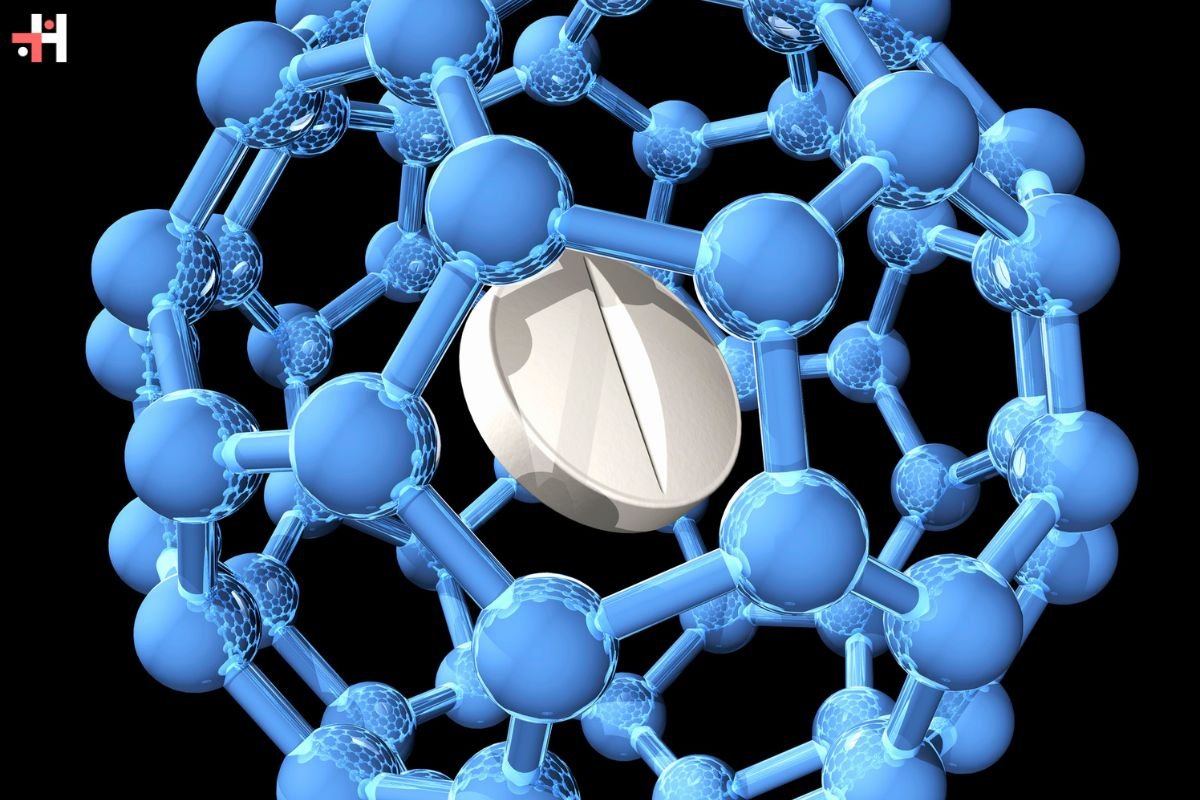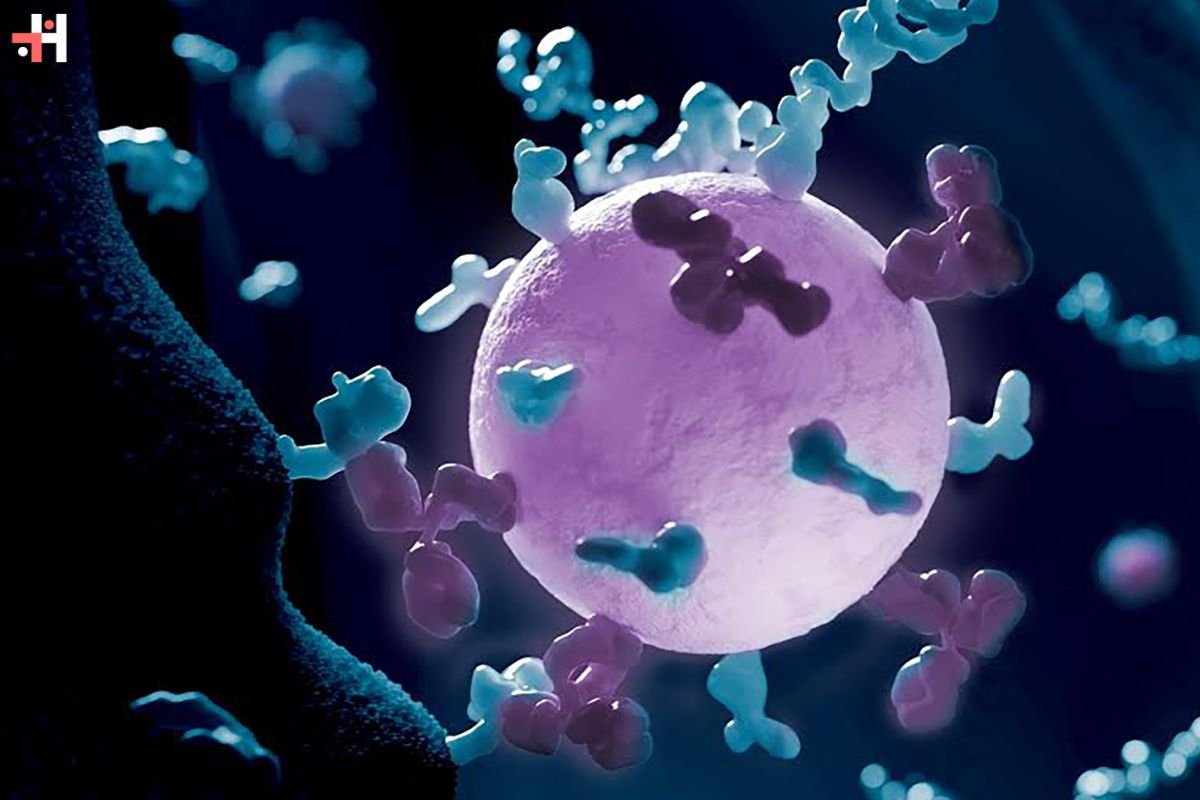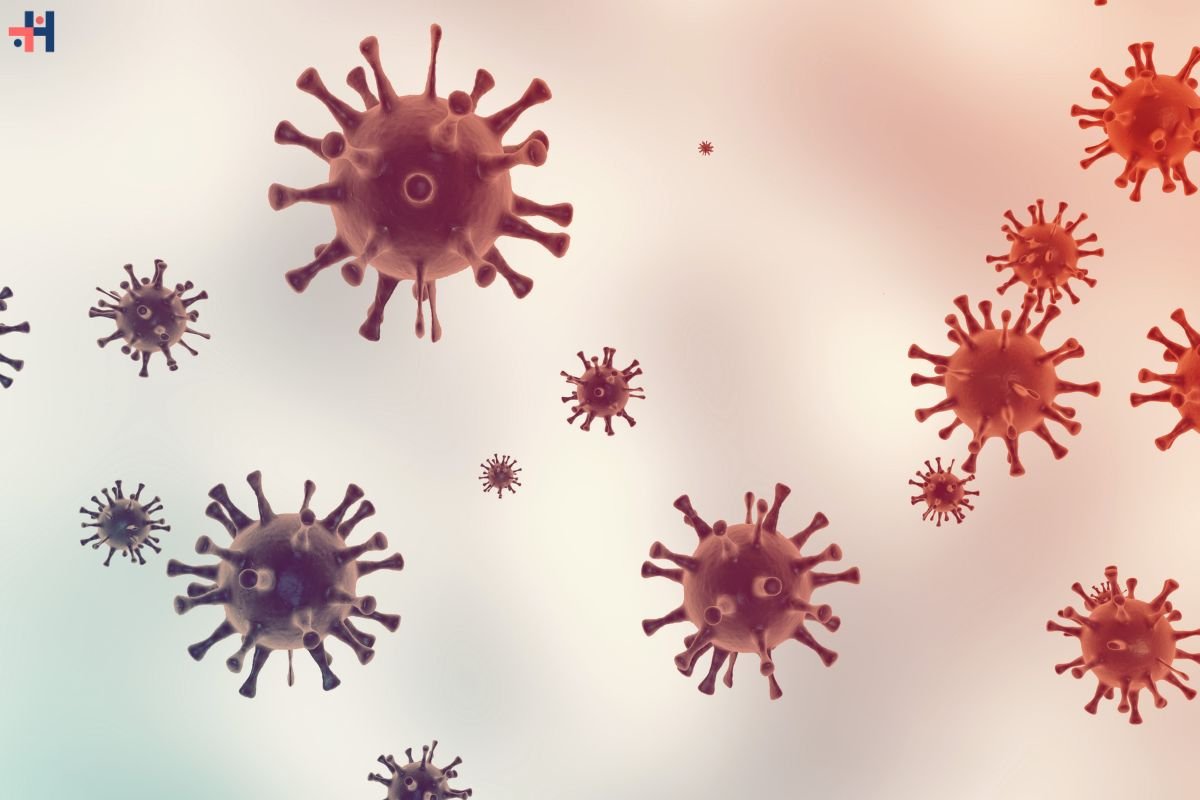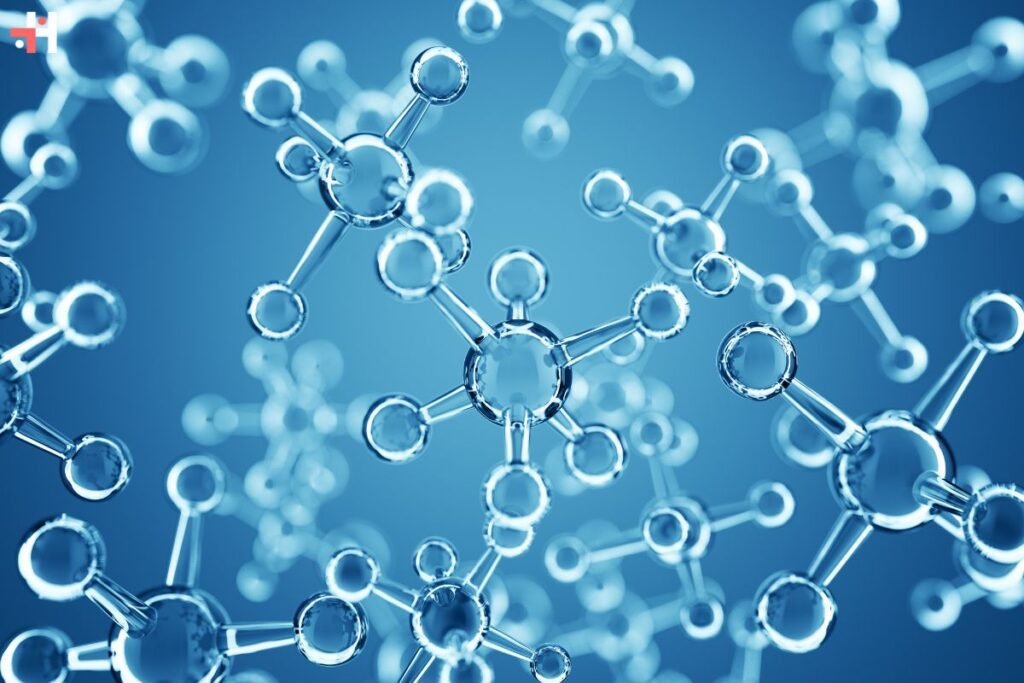Imagine a world where tiny robots could deliver medicine directly to diseased cells, or where doctors could see your insides in incredible detail with a simple scan. That’s the promise of nanotechnology applications in life sciences! By working at the super-small level of atoms and molecules, scientists are creating amazing tools to revolutionize medicine. In this guide, we’ll explore how nanotech is changing everything from how we diagnose diseases to how we fight them. We’ll uncover the tiny robots waging war on illness, the invisibility cloak revealing what’s hidden inside you, and the incredible potential of this technology to heal and improve our lives. Get ready to shrink down and see the big picture of nanotech in the life sciences!
Nanoparticles in Drug Delivery:

Nanoparticle-based drug delivery systems represent a revolutionary approach to targeted therapy. By engineering nanoparticles with specific properties such as size, shape, and surface chemistry, researchers can enhance drug solubility, stability, and bioavailability while minimizing systemic toxicity. Lipid-based nanoparticles, including liposomes and lipid nanoparticles, offer efficient encapsulation and controlled release of hydrophobic and hydrophilic drugs, making them ideal candidates for delivering a wide range of therapeutics. Similarly, polymer nanoparticles, such as polymeric micelles and dendrimers, provide customizable drug delivery platforms with tunable properties for site-specific targeting and sustained release. Moreover, inorganic nanoparticles like gold and iron oxide nanoparticles enable multifunctional drug carriers with additional imaging and therapeutic capabilities, paving the way for personalized medicine approaches tailored to individual patient needs.
Nanotechnology in Diagnostics:
Nanotechnology applications in life sciences has revolutionized disease diagnosis by enabling the development of highly sensitive and specific diagnostic assays and imaging modalities. Nanomaterial-based biosensors offer rapid and accurate detection of biomarkers, pathogens, and disease-specific molecules, facilitating early diagnosis and intervention. Quantum dots, carbon nanotubes, and metallic nanoparticles serve as versatile platforms for fluorescent, electrochemical, and surface-enhanced Raman scattering (SERS) detection techniques, enabling point-of-care testing and decentralized diagnostics. Furthermore, nanoparticle-based contrast agents enhance the sensitivity and resolution of medical imaging modalities such as magnetic resonance imaging (MRI), computed tomography (CT), and ultrasound, allowing for non-invasive visualization of anatomical structures, functional processes, and disease biomarkers with unprecedented detail.
Nanomedicine for Cancer Therapy:

Cancer remains one of the most challenging diseases to treat, but nanotechnology applications in life sciences offers innovative solutions for targeted cancer therapy. Nanoparticle-based drug delivery systems can selectively accumulate in tumor tissues through passive or active targeting mechanisms, minimizing off-target effects and improving therapeutic efficacy. By encapsulating chemotherapeutic agents, nucleic acids, or immunomodulatory drugs within nanoparticles, researchers can overcome biological barriers, evade immune surveillance, and enhance drug delivery to cancer cells. Furthermore, nanoscale carriers enable combination therapy approaches, delivering synergistic drug combinations or integrating diagnostic and therapeutic functionalities into a single platform. Additionally, nanoparticle-based photothermal therapy and photodynamic therapy leverage the unique optical properties of nanomaterials to selectively ablate cancer cells or induce cytotoxicity under light irradiation, offering minimally invasive and localized treatment options for solid tumors.
Nanotechnology in Regenerative Medicine:
Regenerative medicine aims to restore or replace damaged tissues and organs through the use of biomaterials, stem cells, and tissue engineering approaches. Nanotechnology plays a crucial role in designing biomimetic scaffolds, nanostructured substrates, and bioactive coatings for promoting cell adhesion, proliferation, and differentiation. Nanofibrous scaffolds, electrospun from biocompatible polymers or natural extracellular matrix proteins, mimic the topographical cues of native tissues and provide an ideal microenvironment for tissue regeneration. Additionally, nanomaterial-based drug delivery systems enable controlled release of growth factors, cytokines, and signaling molecules to modulate cellular behavior and tissue morphogenesis. Furthermore, nanotechnology applications in life sciences facilitates the development of organ-on-a-chip platforms, microfluidic devices, and three-dimensional (3D) bioprinting techniques for modeling complex tissue architectures, drug screening, and personalized medicine applications.
Nanotechnology in Infectious Disease Management:

Infectious diseases pose significant threats to global public health, but nanotechnology offers innovative approaches for disease prevention, diagnosis, and treatment. Nanomaterial-based antimicrobial agents, including silver nanoparticles, quantum dots, and graphene oxide nanosheets, exhibit potent antimicrobial activity against a broad spectrum of pathogens, including bacteria, viruses, and fungi. These nanomaterials can disrupt microbial membranes, inhibit enzyme activity, and interfere with cellular processes, providing effective alternatives to conventional antibiotics and antiviral drugs. Furthermore, nanoparticle-based vaccines and adjuvants enhance the immunogenicity and efficacy of vaccines by promoting antigen uptake, presentation, and immune activation. Nanotechnology applications in life sciences also enables the development of rapid diagnostic tests, biosensors, and point-of-care devices for detecting infectious agents, monitoring disease outbreaks, and guiding targeted interventions in resource-limited settings.
Conclusion:
Nanotechnology holds immense promise for advancing the frontiers of life sciences and transforming healthcare delivery. By leveraging the unique properties of nanomaterials and nanodevices, researchers and clinicians can develop innovative solutions for disease diagnosis, drug delivery, regenerative medicine, and infectious disease management. As nanotechnology continues to evolve and mature, its integration into clinical practice has the potential to revolutionize patient care, improve treatment outcomes, and address unmet medical needs on a global scale. Continued investment in research, development, and translation efforts is essential to harnessing the full potential of nanotechnology applications in life sciences and realizing its transformative impact on human health and well-being.


No comments yet